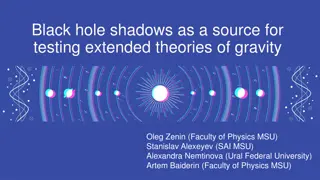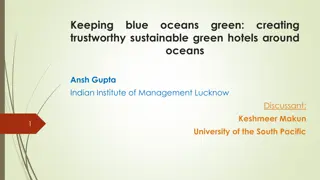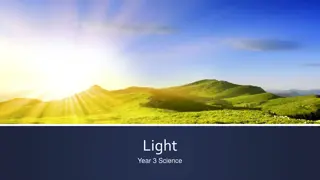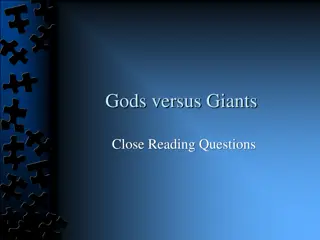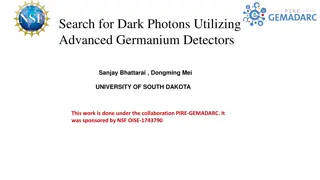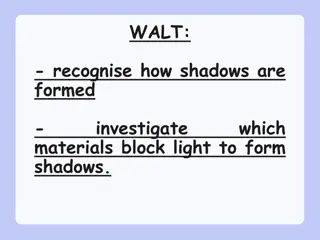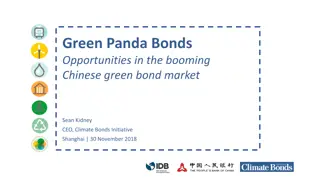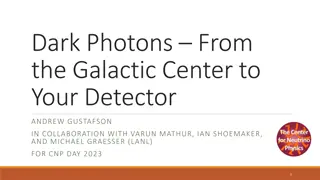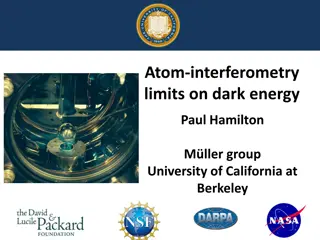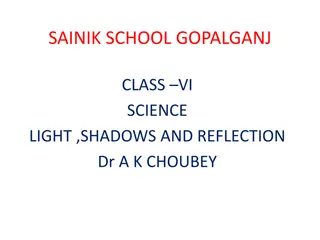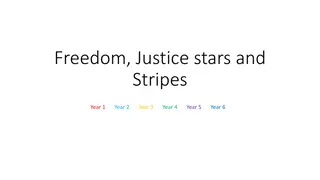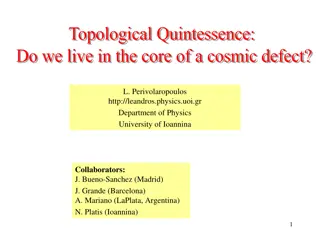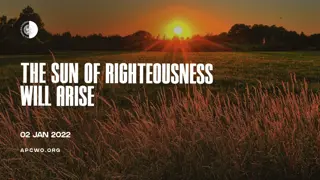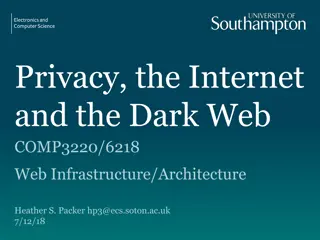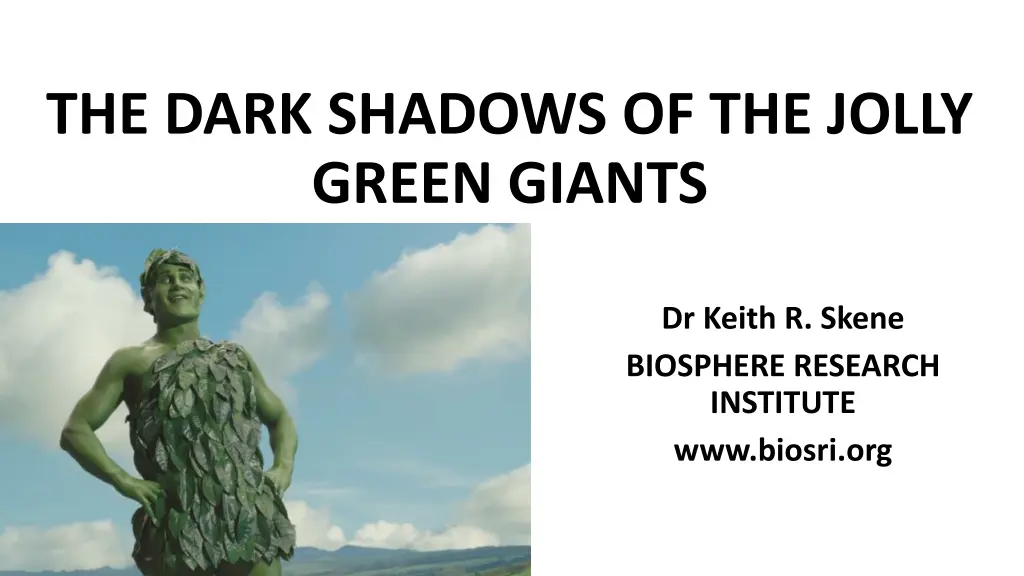
Understanding Entropy and Energy Flow in Systems
Explore the concept of entropy and its role in energy systems, as explained by Dr. Keith R. Skene from the Biosphere Research Institute. Learn how energy flow and complexity drive entropy production, influencing ecological processes such as succession.
Download Presentation

Please find below an Image/Link to download the presentation.
The content on the website is provided AS IS for your information and personal use only. It may not be sold, licensed, or shared on other websites without obtaining consent from the author. If you encounter any issues during the download, it is possible that the publisher has removed the file from their server.
You are allowed to download the files provided on this website for personal or commercial use, subject to the condition that they are used lawfully. All files are the property of their respective owners.
The content on the website is provided AS IS for your information and personal use only. It may not be sold, licensed, or shared on other websites without obtaining consent from the author.
E N D
Presentation Transcript
THE DARK SHADOWS OF THE JOLLY GREEN GIANTS Dr Keith R. Skene BIOSPHERE RESEARCH INSTITUTE www.biosri.org
My contact: krskene@biosri.org
Basics of the course In addition to the lectures, there is a dedicated website at: www.biosri.org Password: biosri5
Agenda Week One: Week Two: Week Three: Electric Vehicles (EVS); Hydrogen Week Four: Biomass; Marine Energy; Nuclear Energy Week Five: Conclusions. Background; Wind; Hydro Geothermal; GSHP; Photovoltaics (PV)
Why is energy so important? The laws of thermodynamics 1. Energy can neither be created nor destroyed 2. Entropy increases in the universe But what is entropy?
Entropy The amount of energy in a system that is unavailable to do work A measure of the disorder within a system The entropy in the universe is increasing The entropy in the Sun is increasing The energy from the Sun allows Earth to remain ordered But only if it increases the entropy in the universe.
Entropy drives complexity WHAT???
Complexity and entropy The more complex something becomes, the more energy is used Both in its construction and its maintenance Generating more entropy.
The flow of energy through the Earth System leads to the system attempting to generate as much entropy as it can Thus systems will tend towards maximizing entropy production by increasing complexity Entropy is directional pointer, driving processes such as ecological succession (Skene, 2013) and evolution (Skene, 2015).
Because of tendency towards increased disorder (2ndlaw) We need fresh supplies of energy to maintain complexity Complexity keeps increasing if we have enough energy supply Entropy increases if complexity increases.
Energy and life: a brief history Energy lies at the heart of everything Life on Earth began clustered around hydrothermal vents
Ultraviolet energy The radiation from the Sun was so damaging that life was forced to stay deep in the oceans for protection Then, cyanobacteria began to eat water, splitting it and releasing oxygen Which formed ozone Protecting us.
Life as an energetic phenomenon Life is one member of the class of phenomena which are open or continuous reaction systems able to decrease their entropy at the expense of substances or energy taken in from the environment and subsequently rejected in a degraded form. James Lovelock, 1965
Life is a dissipating structure, increasing entropy The more complex, the more dissipating Up to a point of maximum entropy production, beyond which the system collapses Ecological succession
No light, No energy, No complexity
A brief history of energy use by humans LUXURY ENERGY CONSUMPTION Vast increase per capita ESSENTIAL ENERGY CONSUMPTION Constant per capita
Renewable energy The International Energy Agency (IEA) defines renewable energy as energy derived from natural processes that are replenished at a faster rate than they are consumed (IEA, 2018).
Missing in this definition is any consideration of the environmental damage beyond carbon, and of the social damage incurred This course will examine these issues.
Sustainable energy It has been argued that sustainable energy may be a more useful term than renewable energy Tester (2005) defined sustainable energy as a dynamic harmony between the equitable availability of energy- intensive goods and services to all people and preservation of the Earth for future generations
A brief history of wind power 5000 years ago: Sailing boats in Kuwait/Egypt/Mesopotamia Possibly over 1 million years of seafaring Bednarik, R.G., 1998. An experiment in Pleistocene seafaring. International Journal of Nautical Archaeology, 27(2), pp.139-149. http://www.ifrao.com/wp-content/uploads/2015/03/98Nautuical.pdf
Sailing was central to the spread of humanity across the globe Thor Heyerdahl (1914-2002)
2100 years ago: Upright windmills in Persia Nashtifan, Iran
The growth of wind power 1GW of offshore wind power avoids more than 3.5 MT CO2 (GWEC, 2020) 48% energy provided by wind power in Denmark, 4% in USA The British government has committed to powering every house in the United Kingdom through offshore wind power by 2030 In 2021, we reaped 7 times the energy from wind as we did 10 years ago.
Dark shadows However, significant environmental and social issues arise in terms of manufacturing and EoL and, to a lesser extent, during the lifetime of the turbine.


